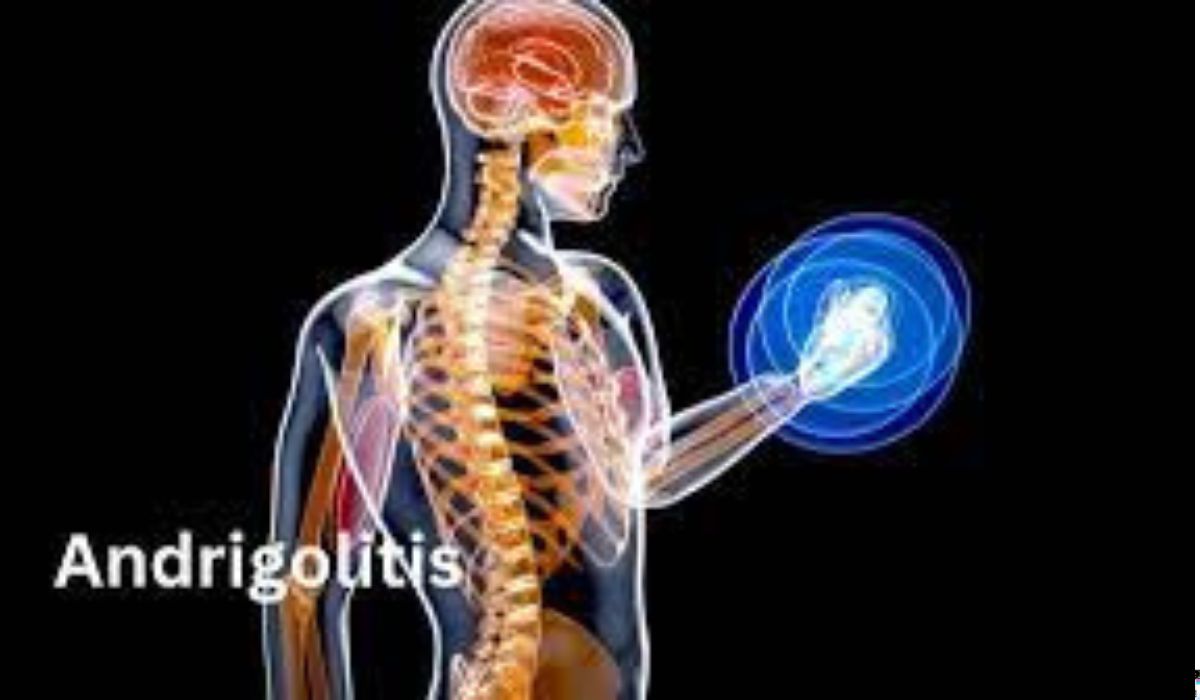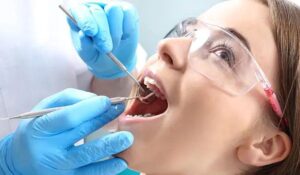What is Andrigolitis?
Andrigolitis is a rare inflammatory condition that primarily affects the male reproductive system. It’s characterized by the inflammation of the testicles and surrounding tissues, leading to pain, swelling, and potential complications if left untreated. Although it is uncommon, understanding and recognizing the symptoms early can help in managing the condition effectively.
Causes of Andrigolitis
The exact cause of andrigolitis is not always clear. However, several factors can contribute to the development of this condition. Infections are a common cause, particularly bacterial infections that can spread from other parts of the body, such as the urinary tract. In some cases, viral infections, such as mumps, can also lead to andrigolitis.
Other potential causes include trauma to the genital area, autoimmune disorders where the body mistakenly attacks its tissues, and complications from surgeries or medical procedures involving the reproductive system.
Symptoms of Andrigolitis
The symptoms of andrigolitis can vary depending on the severity of the condition. Common symptoms include:
Pain: The pain is usually localized in the testicles but can radiate to the groin and lower abdomen. It may be sharp or dull and can worsen with movement.
Swelling: The affected testicle(s) may swell, becoming visibly larger than usual. The swelling can be accompanied by a feeling of heaviness in the scrotum.
Redness and Warmth: The skin over the affected area may become red and warm to the touch, indicating inflammation.
Fever: In some cases, andrigolitis can cause a fever, especially if it’s caused by an infection. The fever might be accompanied by chills and a general feeling of malaise.
Discomfort during Urination: Patients may experience pain or discomfort during urination, often due to the underlying infection.

Diagnosis of Andrigolitis
Diagnosing andrigolitis involves a thorough physical examination and a review of the patient’s medical history. The doctor may also recommend several tests to confirm the diagnosis and determine the underlying cause. These tests may include:
Ultrasound: This imaging test uses sound waves to create images of the testicles and surrounding tissues. It helps in identifying any abnormalities such as swelling, fluid accumulation, or signs of infection.
Blood Tests: Blood tests can help detect signs of infection or inflammation in the body. They can also check for other conditions that might be contributing to the symptoms.
Urine Tests: A urine test can identify infections in the urinary tract, which may have spread to the reproductive organs.
Testicular Biopsy: In rare cases, a small tissue sample from the testicle may be taken for further analysis. This is usually done if there’s a suspicion of cancer or another serious condition.
Treatment Options for Andrigolitis
The treatment for andrigolitis depends on the underlying cause and the severity of the condition. Common treatment options include:
Antibiotics: If the andrigolitis is caused by a bacterial infection, antibiotics are usually the first line of treatment. It’s important to complete the entire course of antibiotics, even if symptoms improve, to ensure the infection is fully cleared.
Pain Relief: Over-the-counter pain relievers, such as ibuprofen or acetaminophen, can help manage pain and reduce inflammation. In some cases, stronger prescription pain medications may be necessary.
Rest and Support: Resting and elevating the scrotum can help reduce swelling and discomfort. Wearing supportive underwear can also alleviate some of the pressure and pain.
Surgery: In severe cases, particularly when abscesses form or if there’s a risk of complications like testicular torsion, surgery may be required. The procedure may involve draining abscesses or, in extreme cases, removing the affected testicle.
Potential Complications of Andrigolitis
If not treated promptly, andrigolitis can lead to several complications. These can include:
Chronic Pain: Persistent pain in the testicles or groin area can occur even after the initial inflammation has subsided. This chronic pain can be difficult to manage and may require ongoing treatment.
Infertility: Severe or untreated andrigolitis can lead to infertility, particularly if both testicles are affected. The inflammation can damage the sperm-producing cells, reducing the quality and quantity of sperm.
Abscess Formation: An abscess is a pocket of pus that forms in the tissue. If an abscess develops in the testicle, it can cause severe pain and may require surgical drainage.
Spread of Infection: If the underlying infection is not controlled, it can spread to other parts of the body, leading to more serious health issues. This can include infections of the blood (sepsis), which can be life-threatening.
Prevention of Andrigolitis
While it may not always be possible to prevent andrigolitis, certain measures can reduce the risk. These include:
Practice Safe Sex: Using condoms can reduce the risk of sexually transmitted infections, which can lead to andrigolitis.
Good Hygiene: Regular washing and proper hygiene can help prevent infections that might lead to andrigolitis.
Regular Medical Check-ups: Routine check-ups can help detect any issues early, allowing for prompt treatment before complications arise.Vaccinations: Vaccinations, such as the mumps vaccine, can prevent viral infections that might cause andrigolitis.
Living with Andrigolitis
Living with andrigolitis can be challenging, especially if the condition leads to chronic pain or other complications. However, with proper treatment and management, many people can lead normal lives. It’s important to follow your doctor’s advice and attend all follow-up appointments to monitor your condition.
Support from family and friends can also play a crucial role in coping with the emotional and physical challenges of andrigolitis. Joining a support group or connecting with others who have experienced similar conditions can provide additional comfort and advice.
Conclusion
Andrigolitis is a rare but serious condition that requires prompt medical attention. Understanding the causes, symptoms, and treatment options can help individuals recognize the signs early and seek appropriate care. While the condition can lead to complications, proper treatment and lifestyle adjustments can significantly improve the quality of life for those affected.
FAQ:
1. What is andrigolitis?
Andrigolitis is a rare inflammatory condition that affects the male reproductive system, specifically the testicles and surrounding tissues. It can cause pain, swelling, and other complications if left untreated.
2. What causes andrigolitis?
Andrigolitis can be caused by bacterial or viral infections, trauma to the genital area, autoimmune disorders, or complications from surgeries. In some cases, the exact cause may not be clear.
3. What are the symptoms of andrigolitis?
Common symptoms include pain and swelling in the testicles, redness and warmth in the affected area, fever, and discomfort during urination. The severity of symptoms can vary from person to person.
4. How is andrigolitis diagnosed?
Diagnosis typically involves a physical examination, medical history review, and tests such as ultrasound, blood tests, and urine tests. In rare cases, a testicular biopsy may be needed.
5. How is andrigolitis treated?
Treatment depends on the cause but may include antibiotics for bacterial infections, pain relievers, rest, and in severe cases, surgery. Early treatment is crucial to prevent complications









































